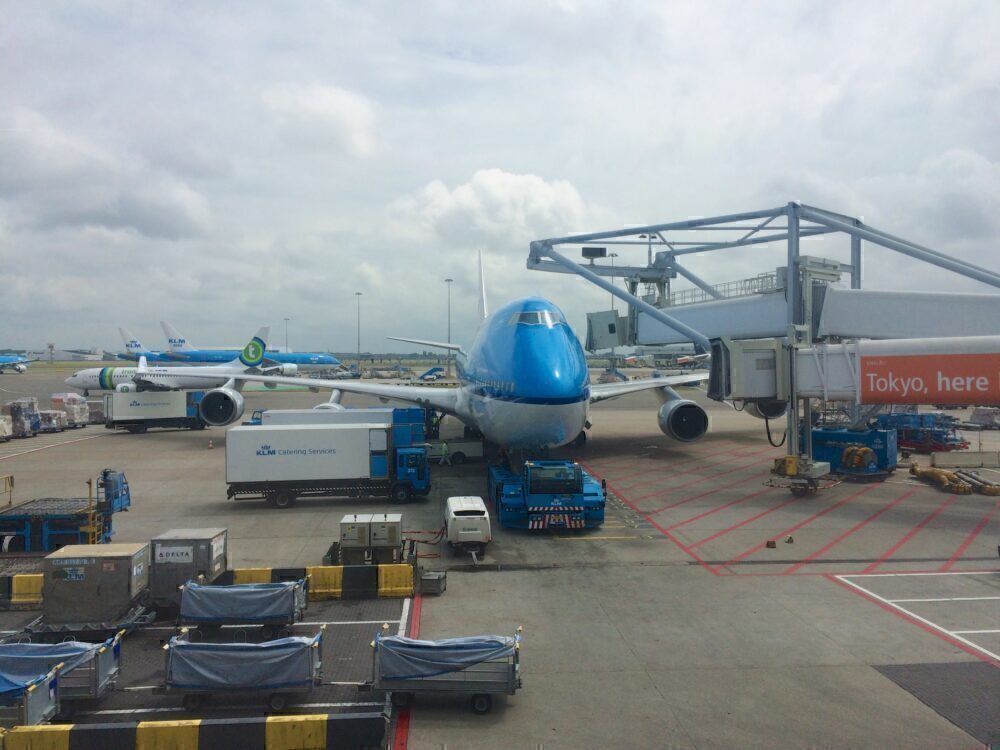Reducing costs is important for all airlines and airports – especially in the current environment. We have seen plenty of cost-cutting measures introduced over the years, but this old one from Amsterdam Schiphol has to be amongst the most surprising. By adding an image of a fly to urinals, the airport estimates it has saved 8% in cleaning costs.

Aiming for the target
Designers and suppliers of bathroom equipment have tried many ways to improve cleanliness. Male urinals are unsurprisingly are a big focus of this. They are convenient for space and fast turnaround in busy public toilets, but not the cleanest. Several techniques and urinal designs have been tried to lessen ‘splashback’, but Schiphol airport has proved over the years that the simplest solution is sometimes the best.
The idea is simple. Placing an image in the base on the urinal gives users something to aim for. And psychologically, we like to do that. This is discussed in detail in an interesting post in Works That Work magazine. Amsterdam Schiphol airport has opted for an etched fly image, placed just above the urinal drain and to the left.

Conceived in the early 1990s
The idea is nothing new. It is credited to Aad Kieboom, who was in charge of terminal extensions and renovations at Amsterdam Schiphol in the early 1990s. He was, in turn, inspired by a colleague in the cleaning department who got the idea from targets he had seen placed in urinals by the army. The idea has been popular. It is used now in many other places as well – and not always with a fly.
Kieboom worked at Schiphol for 31 years. He is keen to point out that the urinal fly was not all he did! He explains to Works That Work magazine:
” I worked for 31 years at Schiphol Airport,’ says Kieboom, ‘first in the operations department, then in charge of major projects like the Terminal Three building, a brand-new railway station incorporated within the terminal buildings, renovating Terminals One and Two and developing four new piers, being chairman of Schiphol’s fine arts committee. I did a lot for the JFK Terminal 4 project.”
The use of a fly may seem strange – not the first thing you would think someone would want to see in a urinal. But as the article argues, perhaps this works best as something you don’t like. Would a urinal user aim for something they liked or didn’t want rid of? On the other hand, something like a spider could just put people off using the urinal.

Reducing cleaning costs
Without proven results, this would just be a quirky design feature. But it has achieved significant cost savings. According to Kieboom, it has reduced urinal ‘spillage’ by up to 80%. Klaus Reichardt, who invented the waterless urinal and now runs a company that sells this technology, thinks that this is less (but still significant), based on his experience. He explained:
“As I have learned over the past 25 years, bathroom behavior can be really strange. Perhaps 60–70% might start to pee towards the fly; the others probably wouldn’t care so much. I’d say the reduction in spillage is probably more like 50%, but even so, that is still noticeable.”
And this reduction in spillage translates into cost-saving. Kieboom estimates this is about 8% of the total budget for cleaning public toilets at Schiphol.
Such a principle belongs to the field of behavioral economics. There are many examples where people can be influenced (or ‘nudged’) to change their behavior without realizing it. This was highlighted by the Washington Post in 2017 when Richard Thaler won a Nobel Prize in Economics for work in the area – citing the airport fly urinal as his favorite example of an economic budge.
It’s amazing that an airport toilet has made such a contribution to this field! Schiphol, of course, is one of the oldest airports in the world. And in more technical achievements, it was also an innovator of the overwing jet bridge to help facilitate large widebodies at the terminal. This is just one more accoldate to add to the list.

The wider topic of behavioral economics is fascinating. And it’s great that one of the best examples of this comes from an airport. Feel free to discuss this or anything other examples you know of in the comments.
from Simple Flying https://ift.tt/3AVkkZ6
via IFTTT
Comments
Post a Comment